13 Coral Snake Myths That Modern Science Has Completely Debunked

Coral snakes, with their striking bands of red, yellow, and black, have inspired fear and fascination for generations. These elusive reptiles are surrounded by more myths than almost any other snake in North America.
Scientists have worked hard to separate fact from fiction about these misunderstood creatures, revealing that many common beliefs about coral snakes simply don’t hold up under scientific scrutiny.
1. Lethal Bites Are Common

Contrary to popular belief, coral snake fatalities are incredibly rare in the United States. Most people never encounter these shy reptiles, and when bites do occur, modern medical care has made them survivable.
Since the 1960s, fewer than 100 documented coral snake bites have been recorded annually across America, with deaths being exceedingly uncommon. Their reluctance to bite humans contributes significantly to this safety record.
2. The Rhyme Always Works
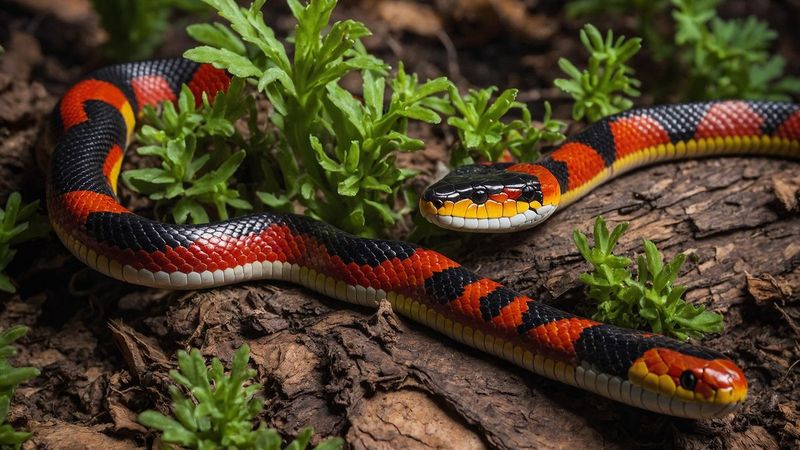
“Red touch yellow, kill a fellow” might work for North American coral snakes, but this famous rhyme fails miserably elsewhere. In Central and South America, many harmless snakes sport the dangerous-looking color pattern.
Scientists recommend learning specific species in your region rather than relying on simple rhymes. Coral snake imposters have evolved precisely to confuse predators—and humans—with their similar coloration, making identification tricky even for experts.
3. Aggressive Attackers
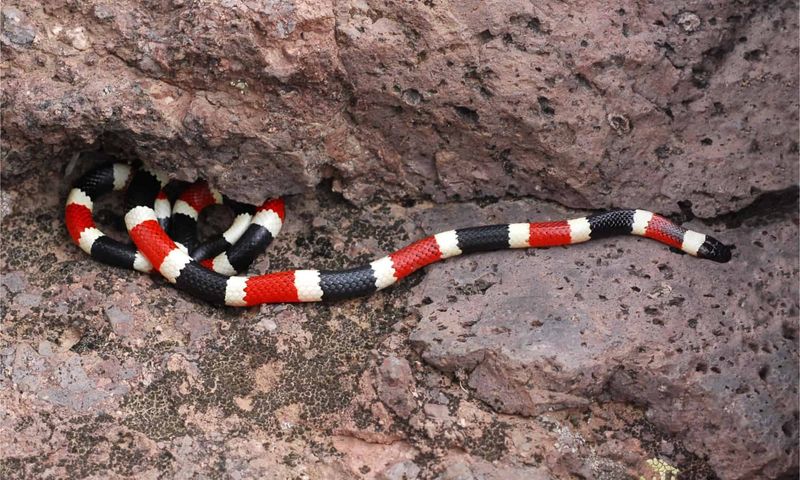
Herpetologists consistently describe coral snakes as among the most timid snakes in North America. When encountered, their first instinct is to flee and hide rather than confront potential threats.
Research shows they typically bite only when physically restrained or stepped on accidentally. Their reclusive nature means most outdoor enthusiasts could walk right past one without ever knowing it was there. Their defensive displays usually involve hiding their heads and raising their tails.
4. Too Small-Mouthed To Bite
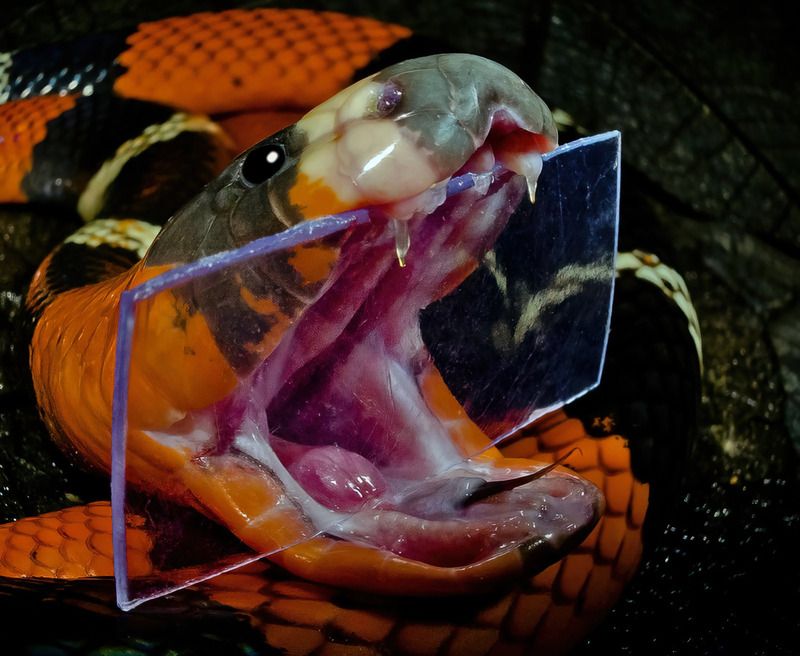
While coral snakes do have smaller mouths than pit vipers like rattlesnakes, they’re perfectly capable of delivering effective bites. Their fangs, though small, can easily penetrate human skin.
Laboratory studies show their mouths can open wide enough to bite fingers, toes, and webbing between digits. The myth persists partly because their bites often look minor compared to the dramatic puncture wounds from larger venomous snakes, leading to dangerous underestimation of bite severity.
5. Must Chew To Deliver Venom
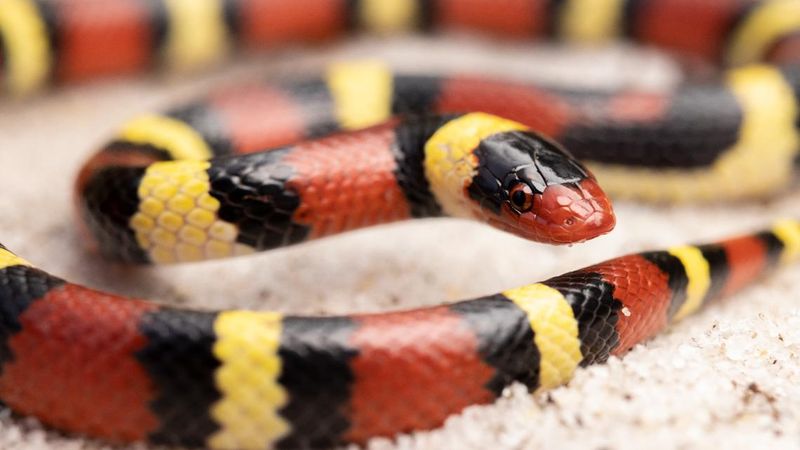
Scientists have thoroughly debunked the notion that coral snakes must chew to envenomate victims. While their venom delivery system differs from pit vipers, a quick strike can absolutely inject venom.
Their grooved fangs allow venom to flow immediately upon penetration. The confusion stems from observation of their behavior during predation, where they often hold onto small prey while feeding. Human bites typically involve a quick strike rather than extended contact.
6. Instant Punishment
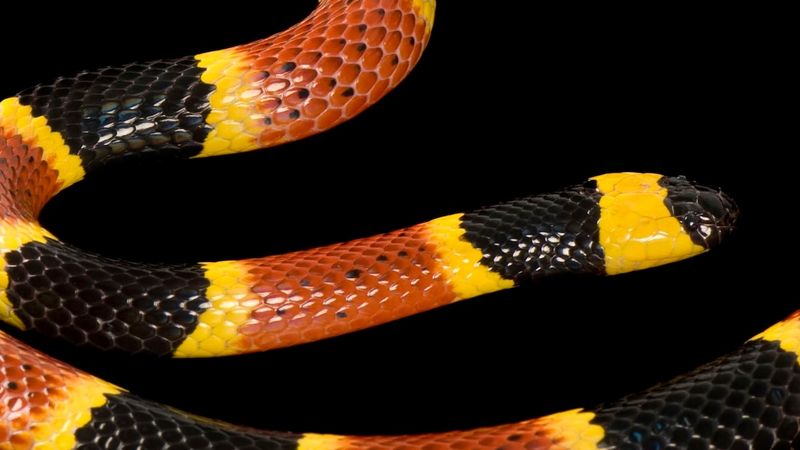
Coral snake venom works quite differently from rattlesnake venom, targeting the nervous system rather than destroying tissue. This neurotoxic effect typically develops slowly, sometimes taking hours to manifest serious symptoms.
Medical records show this delay provides crucial time for victims to seek treatment. The gradual onset of symptoms—starting with slurred speech and muscle weakness—allows medical professionals to administer antivenom before life-threatening respiratory paralysis occurs.
7. All Colorful Snakes Are Dangerous
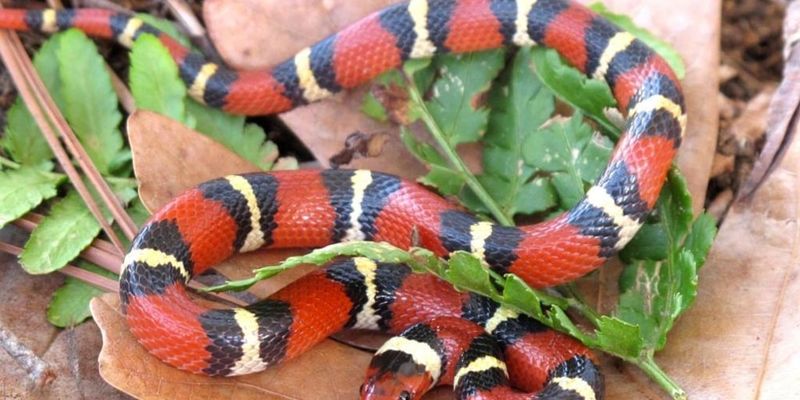
Nature has created a fascinating case of mimicry where harmless snakes evolved to look like deadly coral snakes. The scarlet kingsnake and milk snake perfectly demonstrate this evolutionary strategy.
These harmless lookalikes benefit from predators’ fear of the genuine article. Scientific studies confirm that regions with coral snakes have more convincing mimics than areas where coral snakes are absent, providing strong evidence for this evolutionary adaptation designed purely for protection.
8. Desert Dwellers Only

Coral snakes actually thrive in humid environments, not dry deserts as commonly believed. Eastern coral snakes prefer sandy woodlands and pine flatwoods of the southeastern United States.
Their western cousins inhabit riparian areas near water sources in Arizona and New Mexico. Researchers tracking these elusive reptiles find them most active after rainfall when humidity spikes. Their preference for moist microhabitats explains why they’re often found under logs and leaf litter.
9. Frequently Spotted Snakes
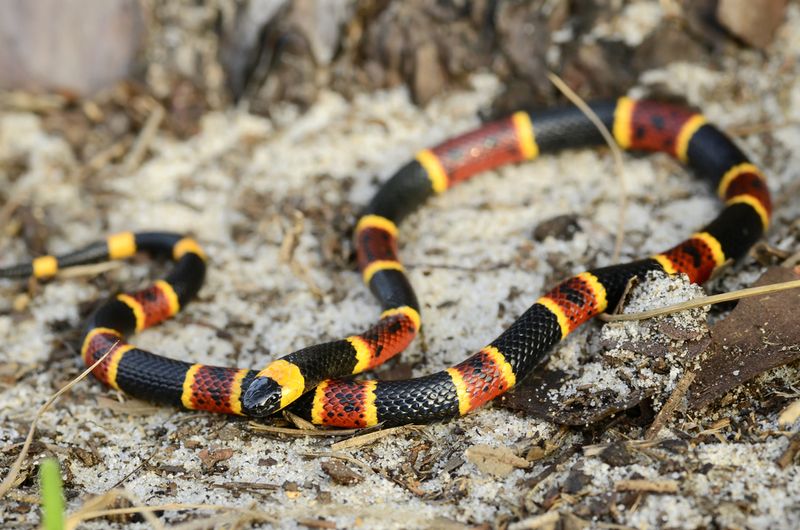
Even experienced herpetologists rarely encounter coral snakes in the wild despite extensive searching. Their secretive, primarily nocturnal lifestyle keeps them hidden from human eyes most of the time.
Scientific field studies often rely on specialized techniques like artificial cover boards to locate these elusive reptiles. Many spend over 90% of their time underground or beneath surface debris. Most documented sightings occur during specific seasonal movements or after heavy rains flush them from hiding.
10. No Antivenom Available
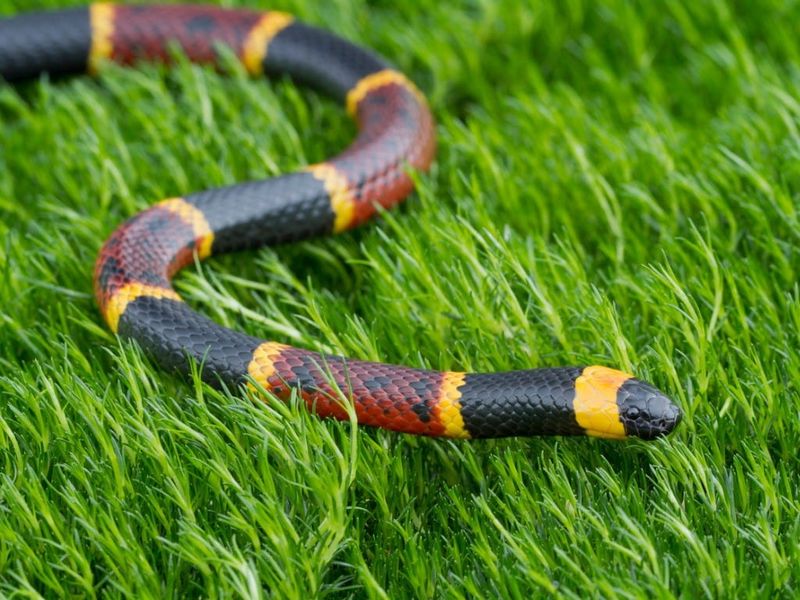
While production of North American Coral Snake Antivenom (NACSA) was temporarily discontinued in 2010, creating legitimate concern, the situation has since improved. The FDA extended the expiration dates of existing stocks while new production was established.
Today, coral snake antivenom is available at major medical centers in regions where these snakes occur. Alternative treatments have also been developed, including Mexican coral snake antivenom that works effectively against North American species according to clinical trials.
11. Color Pattern Never Varies
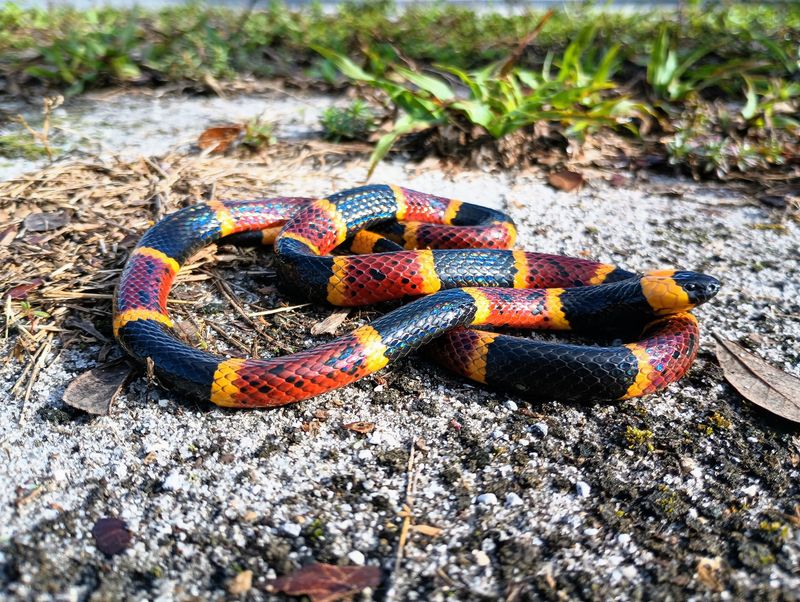
Coral snakes show remarkable color variation across their range, with some lacking the classic bright patterns entirely. The Sonoran coral snake often displays faded colors or reduced banding that doesn’t match the typical description.
Scientists have documented completely black specimens in certain populations. This variation makes identification by color alone unreliable. Genetic studies reveal these differences result from both environmental adaptations and geographic isolation of populations over evolutionary time.
12. Baby Coral Snakes More Dangerous
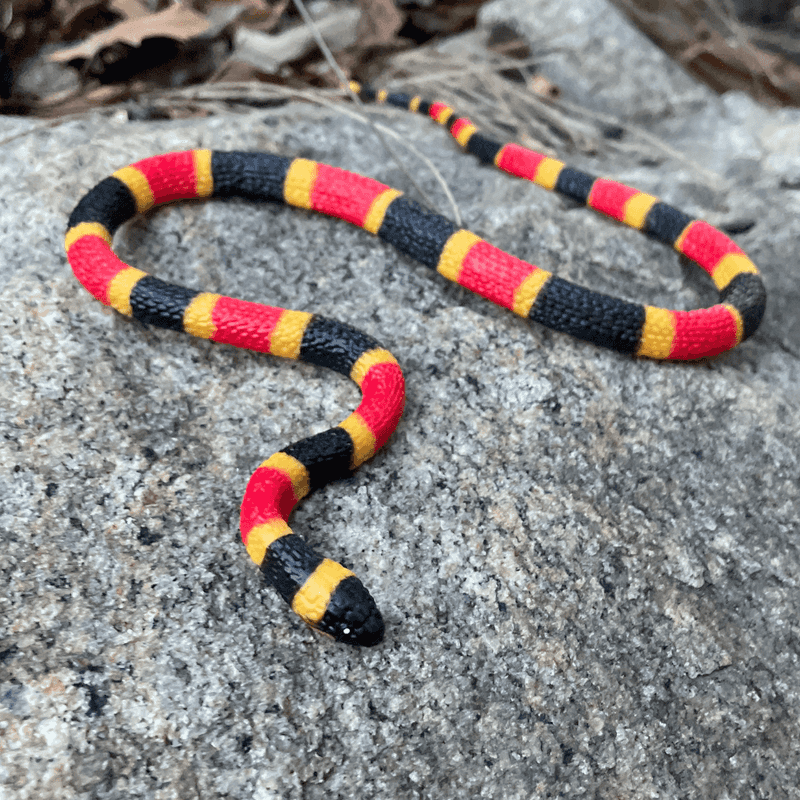
The myth that juvenile coral snakes deliver more venom than adults has no scientific basis. This misconception likely originated from confusion with rattlesnakes, where youngsters sometimes deliver full venom loads.
Venom research shows adult coral snakes actually produce greater quantities of more potent venom than juveniles. Their venom glands are physically larger, allowing for more venom production. Bite records show no evidence that age affects the severity of envenomation in human victims.
13. Major Threat To Pets

Veterinary records show coral snake bites in pets are extraordinarily rare events. Most dogs and cats naturally avoid snakes through instinctive recognition of danger signals.
The low frequency of encounters, combined with the coral snake’s reluctance to bite, makes them a minimal threat to pets compared to more common hazards. When bites do occur, they typically happen when curious pets corner or harass the snake, breaking through its natural avoidance behaviors.






